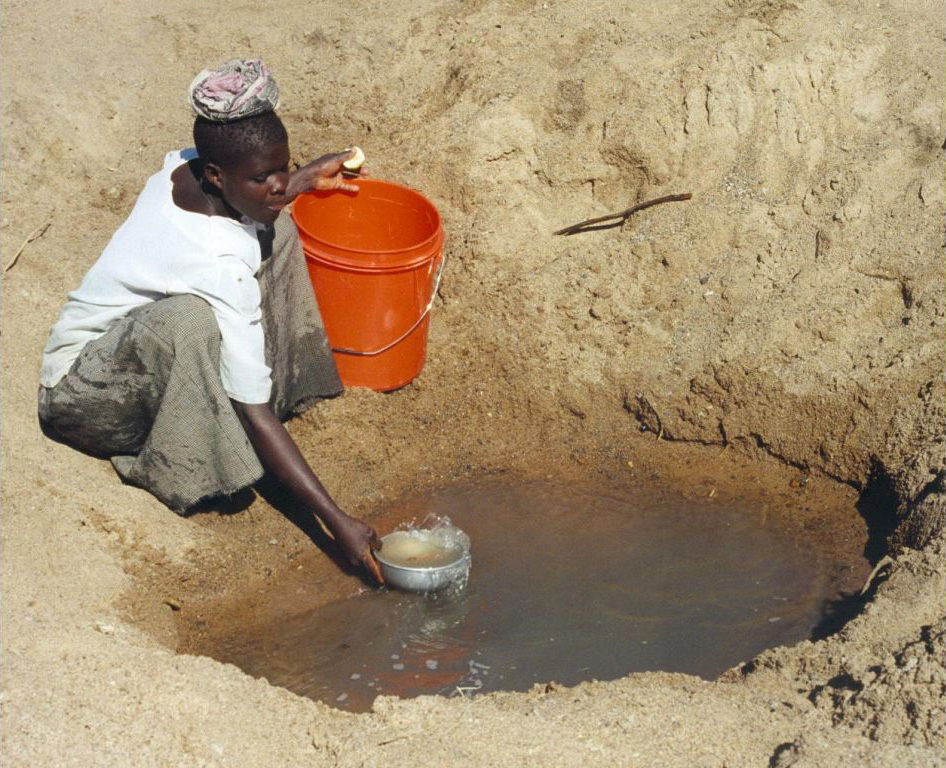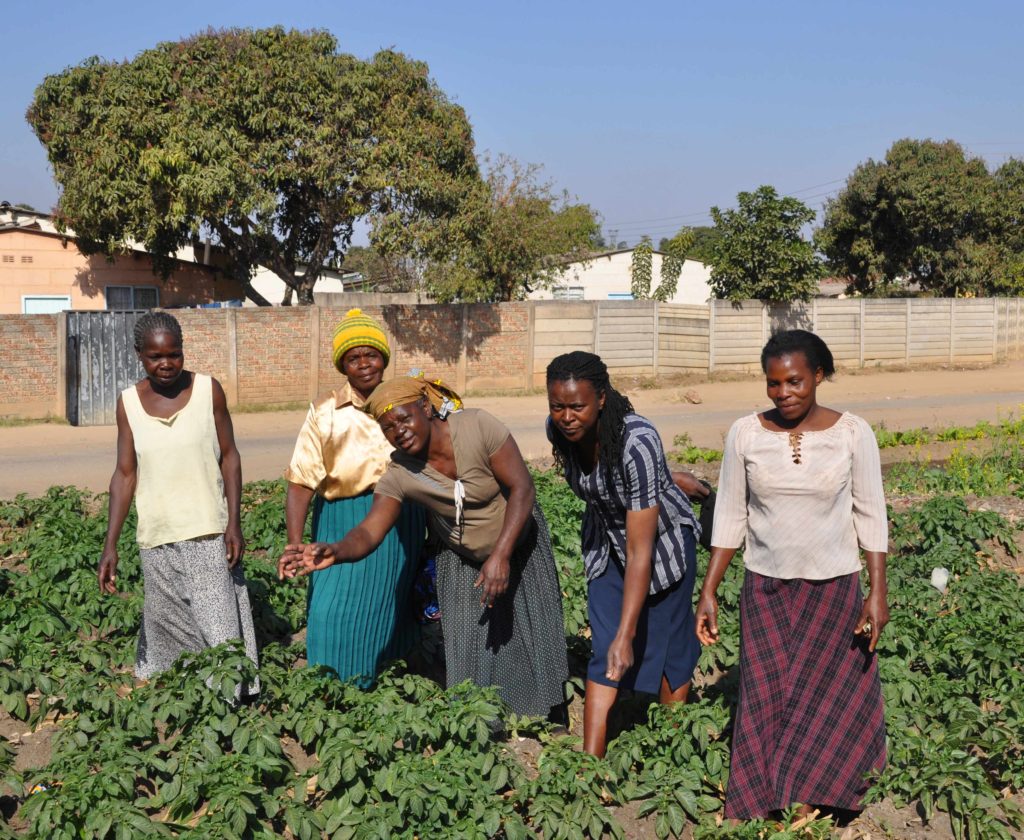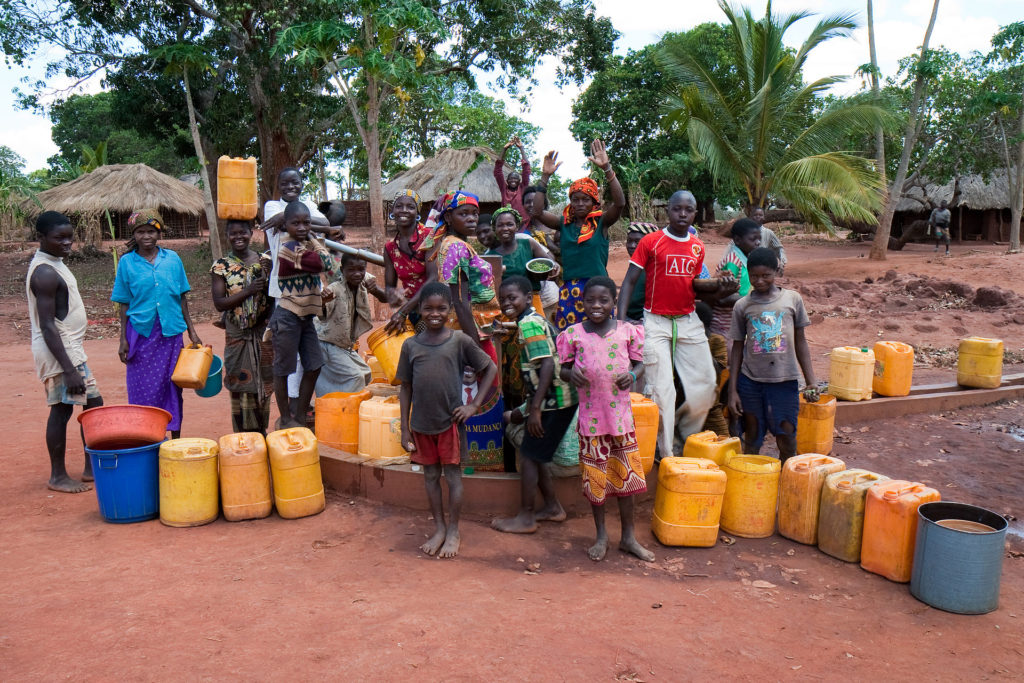
Written by Lyla Mehta, Professor II at Noragric and Research Fellow at the Institute of Development Studies, UK and Bill Derman, Professor Emeritus at Noragric.
For the past two decades, Integrated Water Resources Management (IWRM) has been considered the dominant paradigm in water resources management. It is one of the most influential policy models currently being implemented in river basins globally, including in Africa. While this concept has been around for a long time, its current form gained momentum at the International Conference on Water and the Environment (ICWE) in Dublin in January 1992. Since then it has been the flagship project of supranational global bodies such as the Global Water Partnership (GWP), and the World Water Council. It has also been promoted by multilateral and regional development banks (e.g. the World Bank and African Development Bank) as well as bilateral donor agencies as one of the panaceas to address the water management crisis in the global south.
The promotion by these global players has led to a quasi-global industry around IWRM manifesting itself in various forms such as Master’s degrees and short courses, annual symposia such as WaterNet in southern Africa, IWRM toolkits and manuals as well as major water reform programmes and the rewriting of national policies and laws drawing on IWRM principles in a range of countries in the global South.

A special issue of the journal Water Alternatives presents findings and conclusions from the Norwegian Research Council project ‘Flows and Practices: The Politics of IWRM in Africa.[1] The project explored how ideas of IWRM, as constructed at the global and European level, have been and are being translated and adapted into narratives and practices in the countries of Mozambique, South Africa, Tanzania, Zimbabwe and Uganda. All but Uganda are members of the Southern African Development Community (SADC). The 15 original articles in this collection explore the on-the-ground complexities of IWRM implementation, interpretations and adaptations and demonstrate the importance of politics, political economy, history and culture in shaping water management practices and reform.
The authors argue that IWRM has become so popular and resilient because it has ‘something for everyone’. As it is so vague, it allows ample space for interpretation within the water sector and beyond. In reality, it has been very difficult to implement on the ground. It became popular when dams were very controversial on the international scene and the focus turned to ‘soft’ management issues instead of infrastructure development, which is still badly needed in southern Africa. In the Southern African Development Community (SADC), the ideas were picked up due to the prevalence of transboundary rivers. Thus, water could be galvanised as an arena of cooperation, instead of one of conflict. Moreover, the region had strong existing institutions and donor networks mobilised for the anti-apartheid struggle, on which water-related programmes and activities could be built by various donors. The alliances of donors and dominant regional and national actors have a self-interest in sustaining themselves. Few alternative voices rallied around the concept, unlike in the environmental sector where many alternative ‘voices’ can be heard in the shape of big transnational NGOs (e.g. Greenpeace).
IWRM as an approach has led to many important improvements in the countries studied and also in SADC. These include the need to move away from silos in the water sector, taking participation seriously and also integrating environmental, management and supply issues. It has also created a huge buzz in SADC. But it would also be fair to say that achieving integration has proven very difficult. Africa has been a laboratory for IWRM in the post-Cold War world where neoliberal discourses began to reign supreme in the water sector due to influences of the World Bank and IMF that sought to privatise water services and introduce cost recovery mechanisms. While this largely took place in the domestic sector, the studies in this special issue show how the introduction of pricing systems and permits allowed wealthy and powerful water users to take advantage of users without permits. Due to the light formal institutional frameworks in place (unlike in Europe), it was easier to create things from scratch, reinforcing the ‘soft’ management aspects of IWRM, as opposed to extending water infrastructure and access.

This has, however, come at a cost. In many parts of southern Africa, IWRM has stifled the water development agenda by shifting focus to the allocation of what was supposed to be a finite scarce resource, when in countries such as Uganda and Tanzania this was far from the case. The focus on management tended to lose sight of the need to enlarge access to water for poor people for a range of productive purposes. Instead, much attention was directed to creating new, complex institutional arrangements that largely lacked accountability and legitimacy, were prone to elite capture and tended to centralise the power and control of the state and powerful users (and the IWRM industry) over water resources. Smallholders have been made out to be ‘wasteful’ and ‘uneconomic water users’, resulting in widening inequalities and unequal power and social relations.
Our studies have also shown that neoliberal trends such as water pricing and the associated introduction of permit systems have led to a bias in favour of large-scale users who require relatively large amounts of water and have the ability and the networks to apply and pay for the appropriate permits. Such acquisition of large quantities of water raises the issue of whether or not such actions (real or potential) align with the broader social and anti-poverty goals that are prioritised in southern Africa. Across the region, women’s rights, that were at least partially enshrined in customary and informal arrangements, have tended to be compromised. IWRM implementation and roll-out such as permits, ‘user pays’ principle, commodification of water and decentralisation do not address the structural and economic vulnerabilities of women.

It is interesting to note that there are signs of IWRM fatigue in Europe, where dominant discourses largely focus on water and climate change, water security and the nexus between water, food and energy. Yet, paradoxically IWRM is alive and kicking in southern Africa. It is unclear whether these emerging buzzwords will usher in whole new sets of approaches and paradigms that will eventually replace the current hegemony of IWRM as an idea in southern Africa. What are the implications for deeper issues of development and democracy? For instance, there is also an emerging focus on developmental water management that puts emphasis on the role of the ‘developmental state’ and highlights the need to move away from management to focusing on meeting people’s livelihood needs, including infrastructure. We hope that this special issue can aid further investigation and study of how concepts evolve and mutate and are absorbed as well as their impacts on more deep-seated concerns of development and justice in resource distribution.
We believe there needs to be far more emphases on the issue of redress and facilitating a more equitable redistribution of water resources to support rural livelihoods. There is a need to engage local stakeholders much more effectively than has been done to date.
Given the importance and numbers of smaller-scale farmers, we suggest that their access to water be better protected. In our view, smallholders’ own investments in water infrastructure and local water-sharing arrangements should and could be respected, protected and supported as important contributions to poverty alleviation. There should also be greater attention to socioeconomic human rights, such as the right to livelihood, which are inextricably linked to access to water. Where regulation is really needed in terms of pollution, then a priority entitlement would assist in conflicts over use by large-scale users.
[1] This Norwegian Research Council-funded project was led by the Department of Environment and Development Studies, Noragric. Partner organisations included the Institute of Development Studies, UK, Wageningen University, Sokoine Agricultural University, University of Zimbabwe, International Water Management and the Norwegian Institute for Water Research (NIVA).
The authors:

Lyla Mehta. Photo: NMBU
Bill Derman. Photo: Håkon Sparre/NMBU



